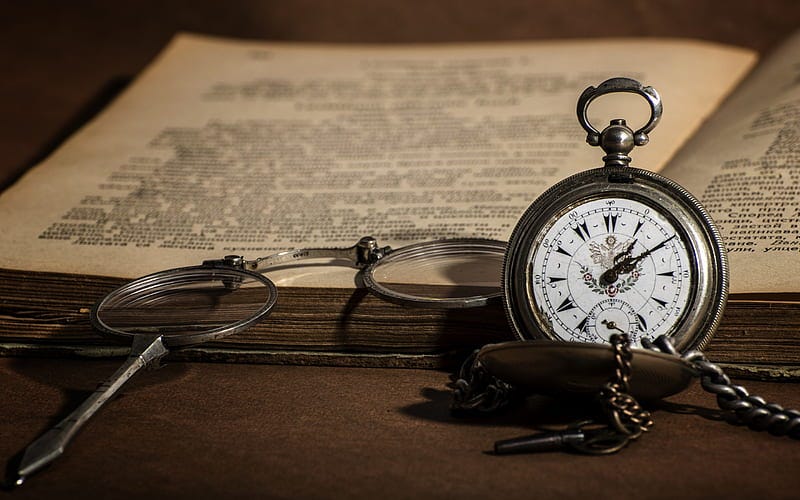In 1917, a double-strand pearl necklace was traded for an entire mansion on Fifth Avenue.
In 2019, a collector paid over $31 million for a Patek Philippe watch.
And every year, people quietly spend fortunes on perfume, paintings, or jewelry that belonged to strangers — just because of the way they make us feel.
This isn’t about price. It’s about desire — that strange, private craving for objects that outlast us. And at the heart of it lies beauty, legacy, and the stories we tell ourselves about permanence.
Why do we chase beautiful things?
Why do we care who owned a ring, or how many bottles of a perfume were ever made?
Luxury, at its core, is less about the thing — and more about what the thing signals.
We reach for rare objects because they offer a kind of emotional anchoring in a world that’s fleeting. A watch becomes a legacy you can wear. A painting becomes a window into a century that no longer exists. A scent becomes memory, bottled.
Psychologists call this the “extended self” — the idea that objects become part of how we define our identity. A handbag can become a symbol of arrival. A signed first edition can feel like holding hands with history. Objects become associated with people, something that they are identified with.
And then there's rarity — the idea that value increases the more unreachable something becomes. It’s why people spend hundreds of thousands bidding on a torn sneaker worn by an athlete, or a dress worn once on the red carpet.
But beyond economics, there’s intimacy. The moment something beautiful enters your life — something you chose, not because it was needed, but because it mattered — it becomes part of your own, emotional biography.
We collect, we curate, and we obsess — not to impress, but to preserve.
In the luxury world, what an object is matters.
But who it once belonged to? That can multiply its value tenfold.
This is the concept of provenance — a term that means an object’s origin, but in practice, it’s shorthand for a story:
“Owned by a queen.”
“Discovered in a hidden vault in Florence.”
“Commissioned by a Russian prince in exile.”
At auction houses, provenance is everything. It turns an item into an artifact. A diamond ring is just a ring — until it was worn by Elizabeth Taylor. A vintage Rolex is just steel and gears — until it belonged to Paul Newman.
Provenance turns value into narrative. It allows collectors to buy into legacy, not just luxury.
And in a market built on trust and desire, a credible backstory can mean the difference between $40,000 and $4 million.
But provenance is more than marketing — it's cultural memory. It's how a 200-year-old Japanese tea bowl, cracked and imperfect, can be more coveted than a flawless diamond.
Because the real obsession is not with objects — it's with meaning.
Ownership becomes a way to inherit importance.
To own what someone great once loved… is to become, in some small way, part of that greatness.
Provenance: Curated by Dibyanshu is a personal journal of luxury, legacy, and desire.
It’s not about price tags. It’s about the stories — the way a painting carries a century of silence, or how a scent can resurrect someone you’ve never met. It’s about what we choose to keep, what we long to own, and how beauty survives by being passed from one hand to another.
You’ll find writing here on:
Fine art and its afterlives
Rare watches and the mythology of time
Perfume as history and identity
Jewelry, collectibles, couture, and objects of obsession
The silent rituals of auctions, collecting, and curation
Some posts will be essays. Others will be lists, thoughts, notes from auctions, or stories from behind the velvet rope.
This is a slow space — for those who like to read closely, and live with curiosity.
If that’s you, welcome.
See you soon.
—Dibyanshu






